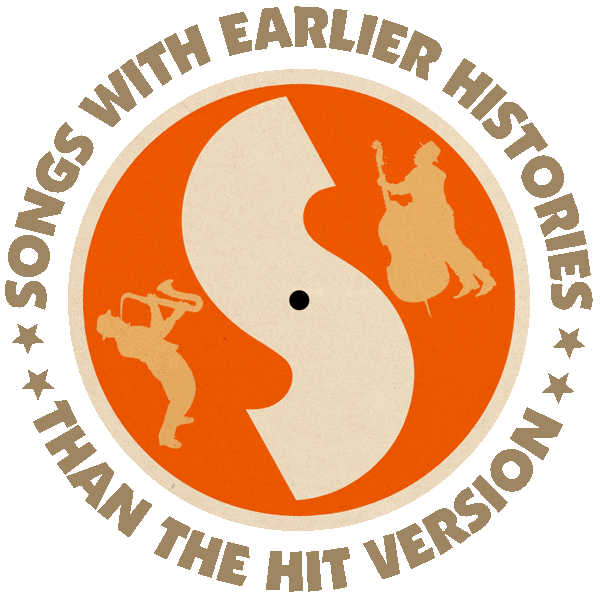Inspired by “Heart & Soul” by Hoagy Carmichael & Frank Loesser (1938).
Hit version by Train (US #41/UK #21/AUS #8 2016).
From the wiki: “Train’s ‘Play That Song’ incorporates the melody of ‘Heart and Soul‘, written in 1938 by Hoagy Carmichael and Frank Loesser. They are credited as ‘Play That Song’ writers, alongside Train lead singer Patrick Monahan and producer William Wiik Larsen.
“The original recording of ‘Heart and Soul’ was performed by Larry Clinton & his Orchestra featuring Bea Wain, one of three versions that would chart in 1939: Larry Clinton (reaching #1 on the chart), Eddy Duchin (reaching #12), and Al Donahue (reaching #16). ‘Heart and Soul’ later charted as #11 in 1952 by The Four Aces with the Jack Pleis Orchestra. The Cleftones charted a rock ‘n roll version of the song in 1961, a recording that was also popularly used in the 1972 movie American Graffiti.
“‘Play That Song’ was released on September 29, 2016 as the lead single from Train’s tenth studio album A Girl, a Bottle, a Boat (2017). The song has peaked at #41 on the US Billboard Hot 100 but became a Top-10 hit in Australia.”

